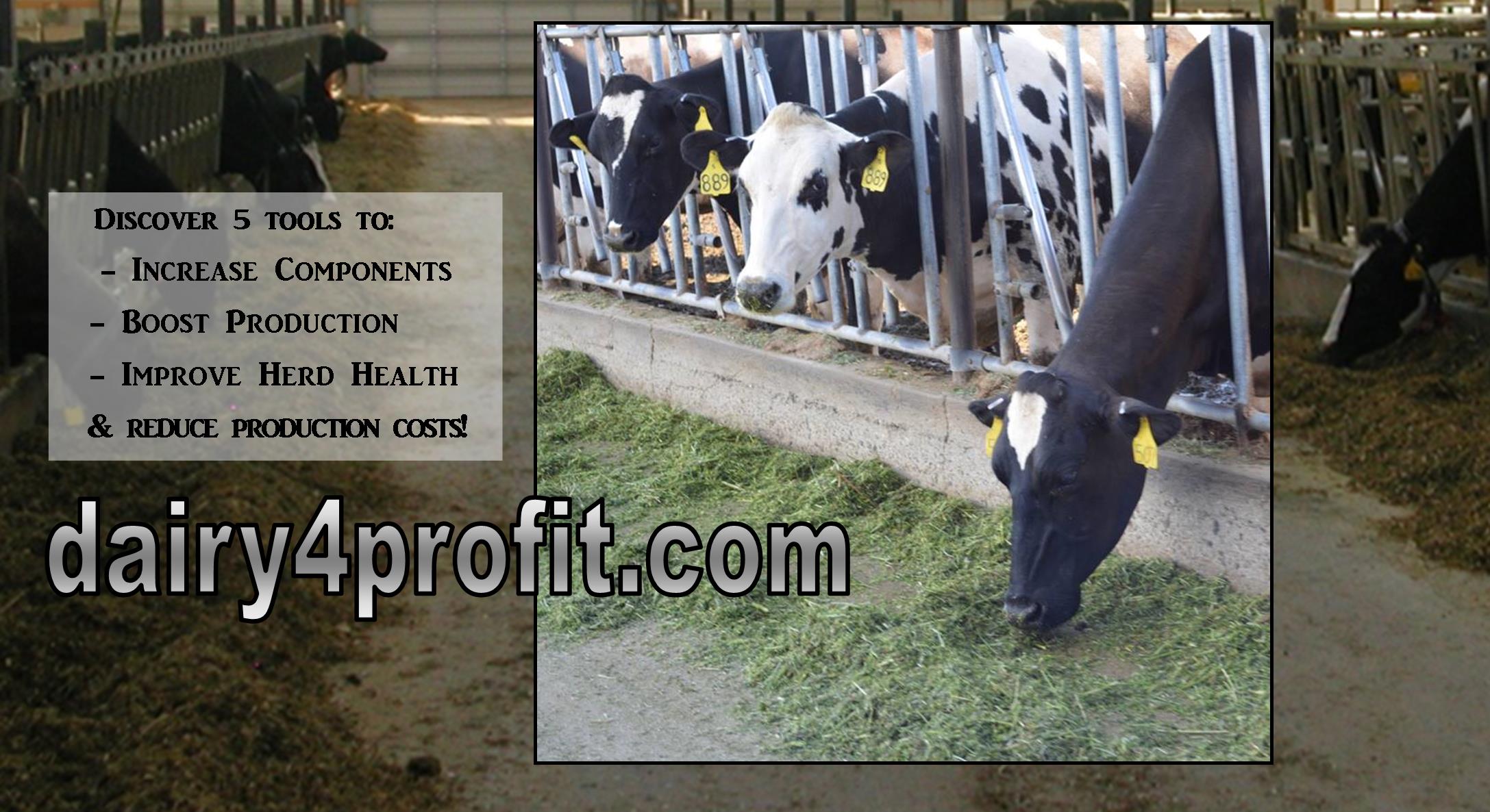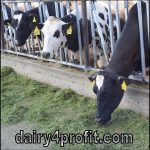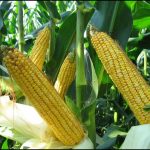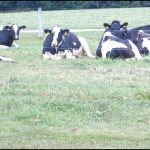After eighteen months of near break-even milk prices and a 2018 USDA mailbox price forecast between $16.90 and $17.80 per hundred-weight, many dairy producers are having a hard time realizing much, if any, return on their time and financial investment. The market for components is clearly stronger than for fluid milk prompting increased premiums for butter fat and protein (or in some cases non-renewal of contracts for low components).
There are three basic ways for dairy producers to improve their bottom-line:
1) differentiate– produce dairy products and/or market them in a manner distinguishable from the rest of the industry;
2) contract production-assuming that the cost of production can be held fairly constant at or below the level predicted when negotiating the contract;
3) increase the cost-efficiency of production– identify and adopt input options that increase the value produced and/or decrease the cost of production to a greater extent than the input options currently used.
The dairy4profit.com website is dedicated to helping dairy producers identify proven input options that have the potential to increase their cost-efficiency of production.
In dairy production, digestible energy and rumen-effective fiber play key roles in production, components and herd health—all areas that impact the bottom-line. Energy is often the most limiting factor. Grains and fats are typically used to increase the energy level of the diet, but have health ramifications when pushed too far.
Cows with either clinical or sub-clinical acidosis (often related to diet) can develop laminitis, elevated cell counts and other health issues that negatively impact production, increase treatment costs and reduce long-term profitability due to elevated cull rates.
Supporting the energy requirements of high-producing dairy animals while maintaining sufficient rumen-effective fiber to promote high component levels and minimize diet-related health issues can be a challenge. The 5 Tools for Dairy Profitability presented below provide several ways of addressing these challenges.
As a format for evaluating the potential economic benefit of the solutions offered, I have adapted enterprise budgets developed by the Ohio State University as a framework for comparison. Obviously, each individual farm has a some-what unique cost structure; however, I have tried to fairly represent the potential advantages of each tool backed by on-farm comparisons and University trials and supported by my 27 years of consulting experience.
5 Tools for Dairy Profitability:
TOOL #1- Improved Cool-Season Grasses with Exceptional Digestible Energy & Rumen-Effective Fiber;
TOOL #2- High-Oil Corn with Greater Energy Density than Standard Hybrids;
TOOL #3- Corn Silage Hybrids with Greater Starch & Fodder Digestibility;
TOOL #4- Top-Performing Cost-Saving Alfalfas & High-Return Annual Forages;
TOOL #5- Comprehensive Forage Crop Nutrition Programs to Maximize Yield & Quality.










